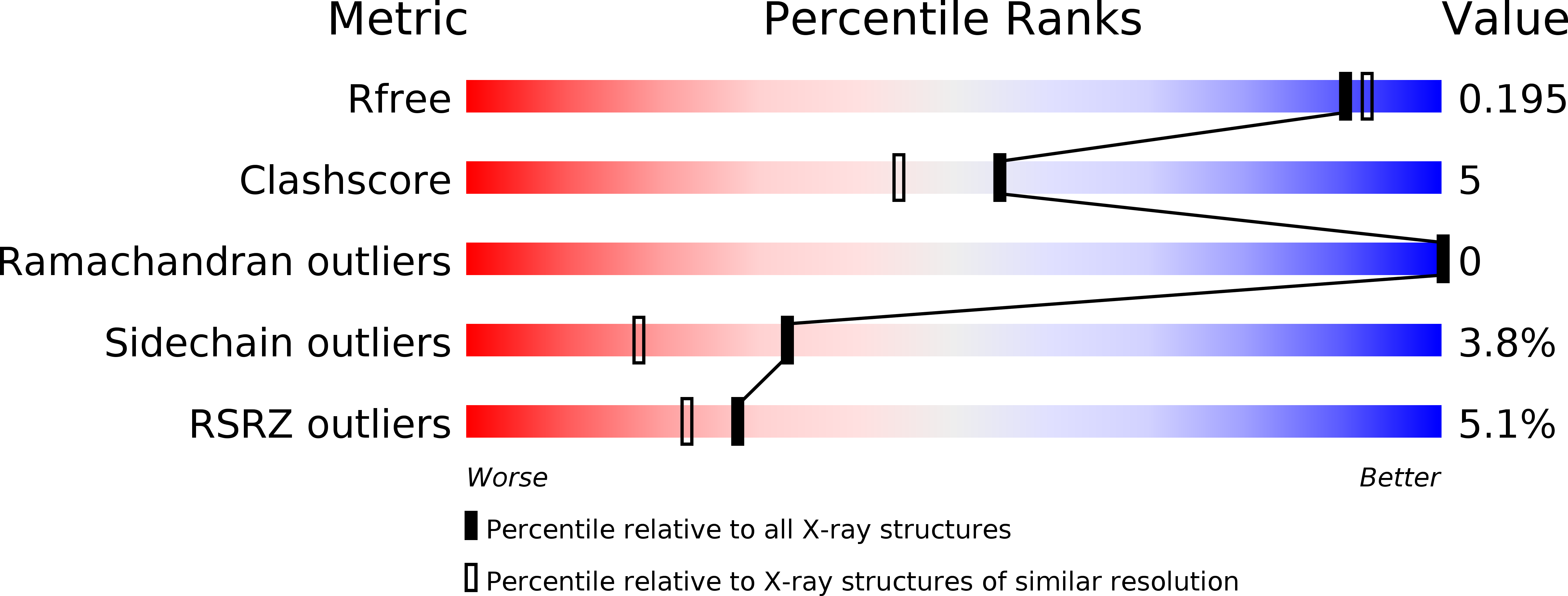
Deposition Date
2011-02-05
Release Date
2012-01-11
Last Version Date
2023-09-13
Entry Detail
PDB ID:
3QMX
Keywords:
Title:
X-ray crystal structure of Synechocystis sp. PCC 6803 Glutaredoxin A
Biological Source:
Source Organism:
Synechocystis sp. (Taxon ID: 1148)
Host Organism:
Method Details:
Experimental Method:
Resolution:
1.82 Å
R-Value Free:
0.19
R-Value Work:
0.16
R-Value Observed:
0.16
Space Group:
P 21 21 21


